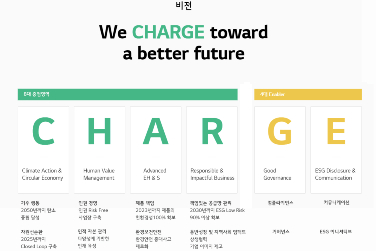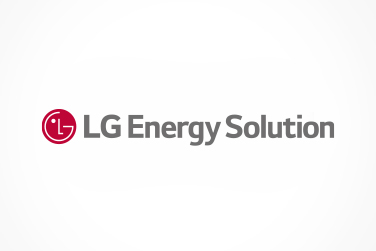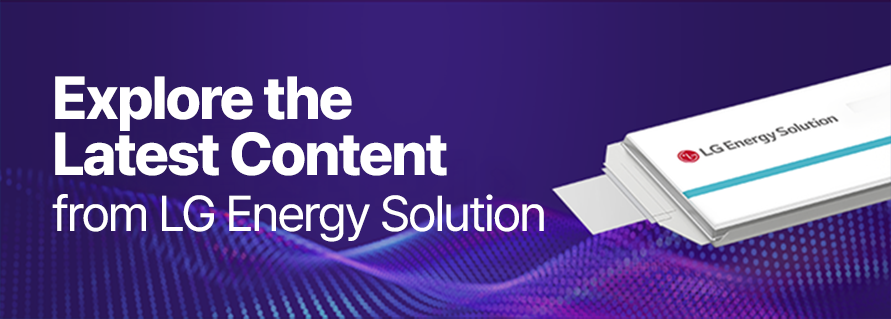Resource depletion and environmental pollution caused by waste are emerging as pressing global issues. As a result, resource circulation systems that minimize natural resource consumption through reuse and recycling are becoming increasingly important. Responding to this trend, LG Energy Solution is taking proactive steps to go beyond merely reducing and recycling waste, and to lead ESG practices through forward-thinking battery waste management.
Building a Transparent and Rigorous Waste Management System
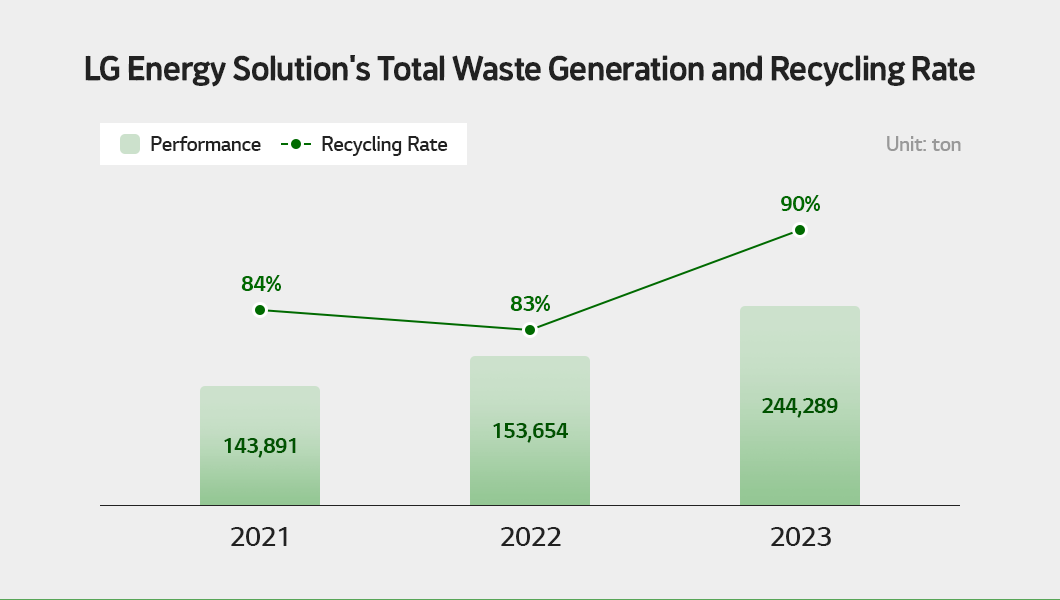
Battery manufacturing generates various types of waste at each process, including cathode and anode materials, waste electrolytes, defective cells, and defective modules. LG Energy Solution thoroughly manages all possible battery waste.
Cells and modules of end-of-life batteries, in particular, are strictly controlled to prevent environmental harm and legal risks if released externally. To address this, LG Energy Solution implemented a Waste Disposal System (WDS). This system evaluates internal processes for deactivating waste batteries and minimizes legal risks through brine treatment and electrical discharge.
LG Energy Solution has also established a transparent waste management framework. All waste generated at its facilities is handled by certified third-party vendors. These vendors are selected based on strict internal standards, including environmental assessments and compliance checks for each item. Annual environmental audits are conducted to ensure effective management and ongoing compliance.
Achieving “Zero Waste to Landfill” Certification
LG Energy Solution actively promotes waste recycling efforts and has obtained Zero Waste to Landfill certifications. These certifications, granted by UL (Underwriters Laboratories), categorize facilities based on their waste diversion rate: Platinum (100%), Gold (95-99%), Silver (90-94%), and Certified (80% or higher).
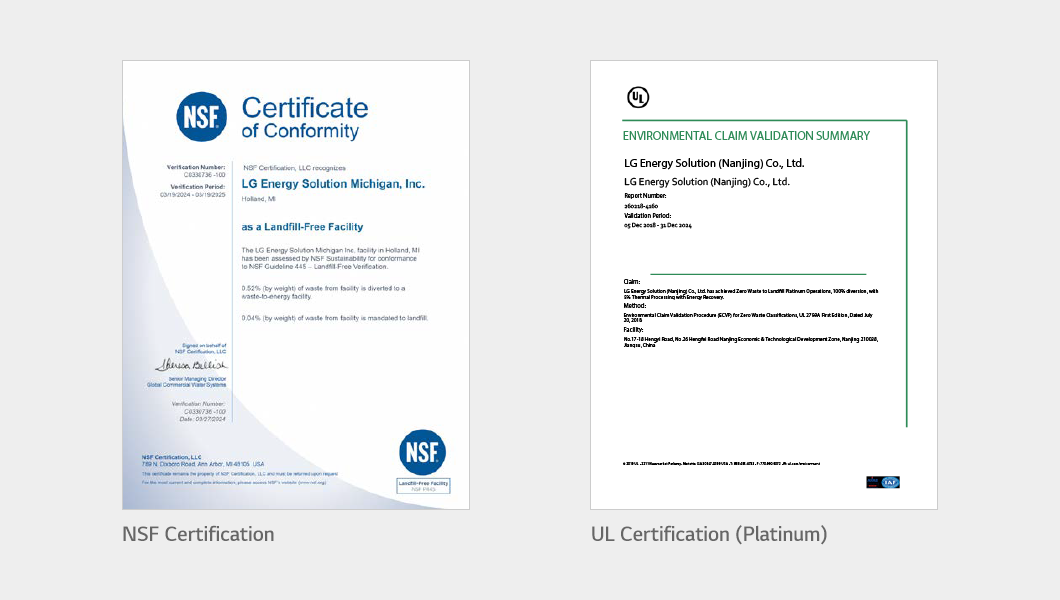
Three production plants in Nanjing, China, achieved Platinum certification by attaining a 100% diversion rate. Furthermore, LG Energy Solution partnered with China-based Huayou Cobalt to build a joint venture for recycling waste materials.
The Ochang Energy Plant 1 received a Gold certification with a recycling rate exceeding 90%. The plant has shifted its waste disposal methods for packaging materials and anode materials from landfill and incineration to recycling by actively collaborating with waste management partners. It has also adopted a closed-loop system, enabling the recycling of approximately 500 tons of expired trays annually. LG Energy Solution remains dedicated to further enhancing its recycling rates in the future.
The Michigan production site in the U.S. earned a certification from NSF (National Sanitation Foundation) for sending less than 1% of its total waste to landfill, effectively accomplishing Zero Waste to Landfill.
Advancing Eco-Friendly Waste Reduction Technologies
LG Energy Solution continues its efforts to reduce waste through advanced technologies. Three production plants in Nanjing, have developed processes to treat anode slurry waste generated during electrode production. These processes include optimizing coagulant mixtures and improving wastewater treatment plant operations, effectively removing impurities and reducing the volume of incinerated waste.
These Nanjing plants have also pioneered new technologies to recycle NMP (N-Methyl-2-pyrrolidone), a solvent that constitutes approximately 85% of their hazardous waste. Lab-scale tests confirmed the effectiveness of thin-film evaporation technology, demonstrating an increase in NMP recycling rates from 80% to 97%. Furthermore, this technology has since been introduced at multiple facilities, including those in South Korea and Poland, enabling stricter hazardous waste management practices.
LG Energy Solution’s commitment to waste reduction and recycling aligns with its vision for a sustainable future. By continuing to develop and implement innovative technologies, the company strives to foster a cleaner, greener environment and drive sustainable progress globally.
